
Choosing the Best Technology Stack for Ecommerce Website Development
Having an online presence has become essential for the success of most retail businesses, and rightfully so. With popular platforms like WordPress (Woocommerce) and Shopify providing ready-to-use solutions to build ecommerce applications, it is easier these days to create and maintain a digital presence for your business. Like any other trade, online business also involves transactions. And unlike brick-and-mortar stores where they happen manually, enabling multiple functionalities requires proper technology stacks in ecommerce websites. What are technology stacks and how do you pick one to successfully launch your ecommerce website? Keep reading to find out.
Tech Stacks – What They Are And What They Do
There are many options available in the market for the different processes involved in a successful transaction. Operating systems, storage options, payment gateways, analytics tools, and social media plugins are just some from that list. All of these should be within a technological ecosystem which is compatible with each of these and also facilitates their coexistence.
This combination of technologies used to build and run an application or project is called a technology stack. It is commonly made up of programming languages, frameworks, databases, front-end tools, back-end tools, and applications.
Picking the stack that is right for an ecommerce business depends on its size and complexity. While most businesses opt for existing stacks for convenience, there are businesses that choose to customize the components for a unique look and custom features. Here are some of the popular tech stacks used today, their best features, and some well-known companies and applications that use them:
1. The LAMP/ LEMP Stack
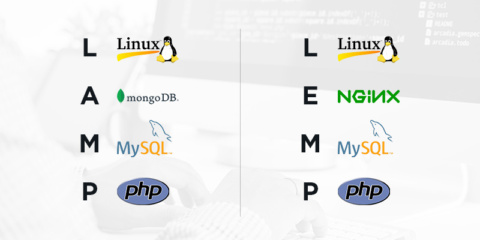
LAMP is for Linux, Apache, MySQL, and PHP, and is a classic stack that has been favored by the developer community for many years now. It is open-source, simple, and stable, making it among the most reliable stacks there is. It is known for its ability to handle dynamic pages where content has to be updated frequently. WordPress and Shopify are popular platforms that use this stack. While Apache is more convenient to work with, it is sometimes replaced by Nginx (pronounced Engine-X) for its performance, resulting in what is called the LEMP stack.
2. The MEAN Stack
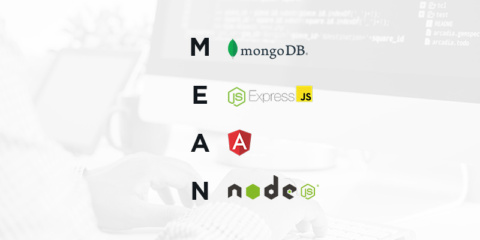
MEAN is for MongoDB, Express.js, AngularJS, and Node.js, and is as popular as the LAMP stack for similar reasons. It is open-source, the codes can be reused, and can be arranged quickly because of its server configuration. Its popularity means that there is always a wide network of developers who use it, so help is always just a few clicks away. Tech giants like Accenture use this stack.
3. The MERN Stack
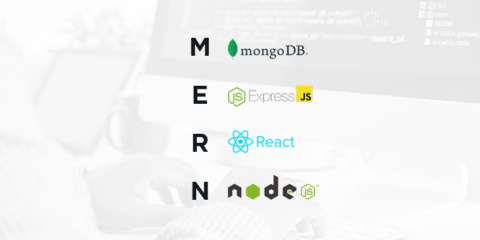
MERN is for MongoDB, Express.js, React, and Node.js. React replaces Angular in this stack when compared to the MEAN stack. It facilitates implementation of quick changes and is popularly used in apps for workflow management, news aggregation, booking etc. Popular apps like LinkedIn and Netflix use this stack.
4. The MEVN Stack
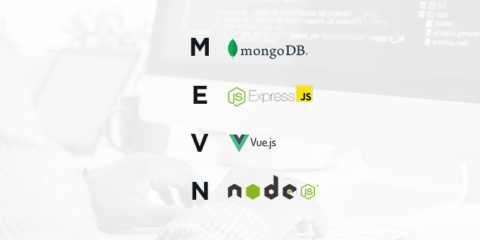
MEVN is for MongoDB, Express.js, Vue.js, and Node.js. It replaces AngularJS with Vue.js as a frontend framework in the MEAN stack. Slowly growing in popularity due to its optimum performance, this stack makes applications with MVC (Model-View-Controller) capability and improved server-side interactivity. Popular platforms like Facebook and Adobe use this stack.
5. The Serverless Stack
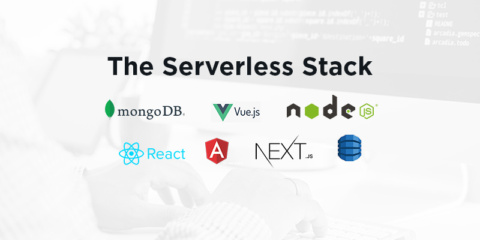
Popular for its scalability, the Serverless Stack allows users to develop and deploy the code of applications without having to manage or operate servers since it is all done on cloud. Compared to conventional stacks, this involves lesser cost and effort, which makes developers prefer this approach. Figma and Codepen are examples of popular applications that use the serverless stack.
As you can see, different tech stacks are used for different purposes and there can be applications that use multiple stacks for different aspects of their functionality. For example, in a large ecommerce website with more than a few hundred products, managing aspects which involve large amounts of data (like product details and images) can be done with a stack that utilizes a server, while other functionalities like authenticating user login can be done using a serverless stack to save cost.
All of this information can seem overwhelming, which is where we come in. Some of the aspects discussed above and their nuances can only be determined by a team of experts, based on factors like business requirements, backend tools that support the desired functionality, and scalability as need arises. At Parel, we analyze your unique business needs and help you pick the ideal tech stack and develop an ecommerce application that helps you meet your goals. Talk to us today!

